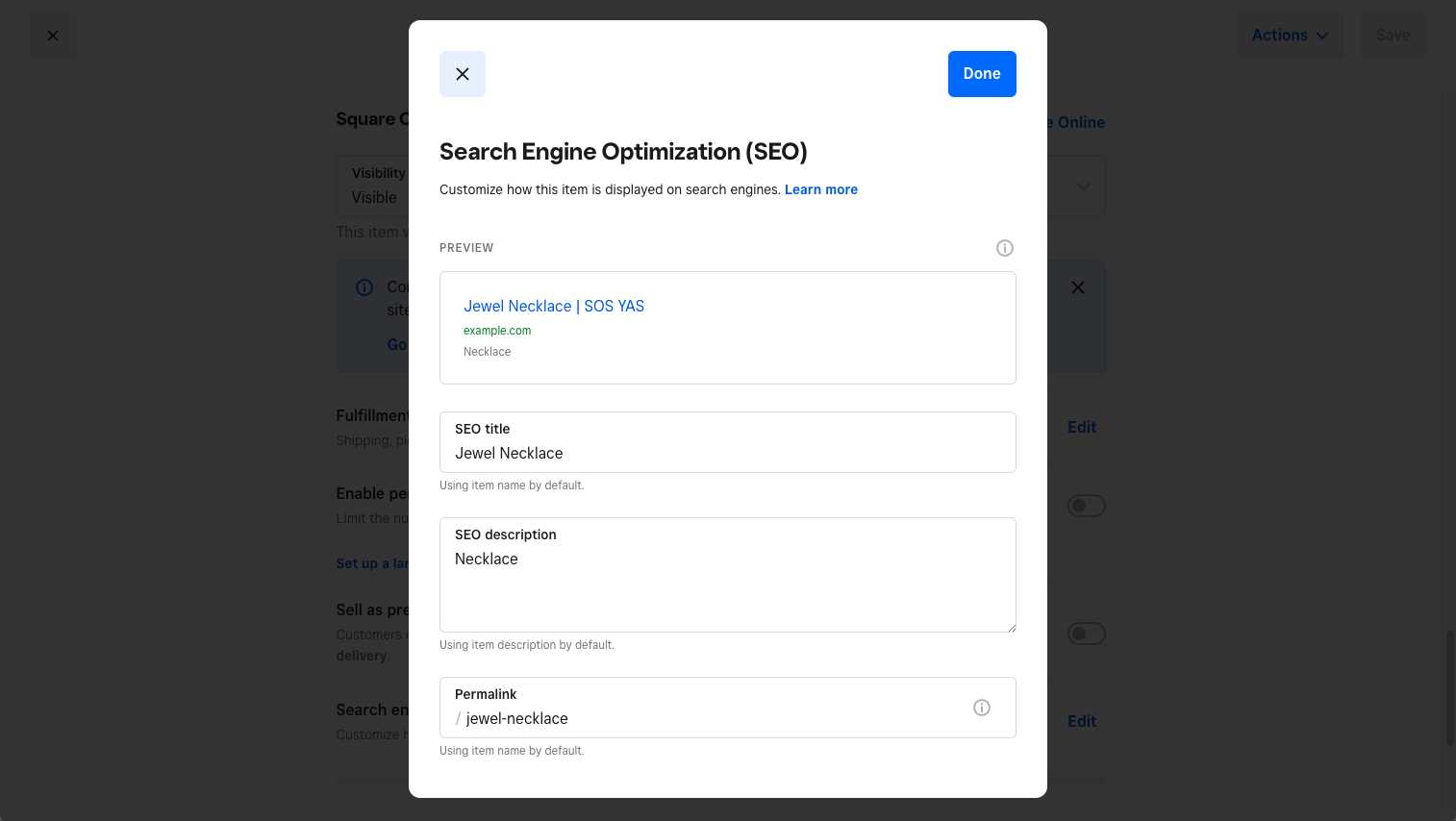Comprehending What Is Not Considered a Default Medium in Google Analytics: Insights
Comprehending What Is Not Considered a Default Medium in Google Analytics: Insights
Blog Article
Revealing the Unconventional Mediums in Google Analytics Beyond Default Setups
In the realm of electronic analytics, Google Analytics stands as a keystone for companies looking for to understand their on-line presence. By venturing beyond the surface and diving right into the complexities of social media information, email project performance, reference web traffic sources, straight traffic patterns, and personalized channel groups, a prize trove of information awaits those willing to accept an extra nuanced method.

Leveraging Social Media Insights
Periodically neglected, yet tremendously beneficial, is the technique of leveraging social media sites understandings within the realm of Google Analytics. By incorporating information from platforms like Facebook, Twitter, Instagram, and LinkedIn into Google Analytics, services can acquire a much deeper understanding of their target market and the effectiveness of their social networks projects.
Through this combination, marketers can track and examine user habits on their web site that stems from social media systems. They can recognize which social media channels are driving the most traffic, which material is reverberating with the target market, and which projects are transforming the most leads. This insight allows for data-driven decisions to enhance social networks approaches and boost total marketing performance.
Furthermore, by combining social networks insights with Google Analytics, companies can produce a lot more targeted and customized projects - what is not considered a default medium in google analytics. They can utilize market info, rate of interests, and on the internet habits gathered from social media to refine their audience division and supply customized messages that reverberate with certain client groups. This targeted approach can lead to higher involvement, raised conversions, and inevitably, enhanced roi
Discovering Email Campaign Performance
Revealing Email Project Performance involves analyzing vital metrics and efficiency signs to assess the effectiveness of e-mail advertising efforts. When diving right into email campaign efficiency, it is vital to examine metrics such as open rates, click-through prices, conversion rates, and unsubscribe rates. Open up rates indicate the percent of receivers who opened up the email, providing understanding into the effectiveness of subject lines and sender names. Click-through prices measure the percent of receivers who clicked links within the e-mail, showing involvement degrees. Conversion rates track the percent of recipients that completed a desired activity after clicking on a web link in the email, such as buying or signing up for an e-newsletter. Last but not least, unsubscribe rates highlight the number of recipients who pulled out of obtaining more emails, losing light on email material quality and importance. By analyzing these metrics, marketing experts can tweak their e-mail advocate much better involvement and performance.
Analyzing Recommendation Web Traffic Resources
After reviewing the efficiency of email campaigns through essential metrics such as open rates and conversion prices, the following critical step is analyzing recommendation website traffic resources in Google Analytics to recognize where website visitors are coming from and exactly how they engage with the site. Referral traffic sources describe the internet sites that route customers to your website via clickable web links. By diving right into this data, companies can acquire insights into which external systems are driving website traffic to their website, whether it be social media sites systems, partner sites, or online directory sites.
Assessing reference website traffic can supply useful info on the effectiveness of external advertising and marketing initiatives and partnerships. It helps businesses recognize high-performing recommendation sources that contribute dramatically to web site traffic and conversions. Furthermore, by understanding the actions of site visitors coming from various recommendation sources, businesses can customize their advertising strategies to maximize involvement and conversions. Google Analytics offers thorough records on reference web traffic, enabling companies to track the performance of each reference resource properly and make data-driven decisions to enhance their on-line existence.
Exploring Straight Web Traffic Patterns
Discovering the direct web traffic patterns in Google Analytics gives valuable insights into individual habits and the performance of campaigns - what is not considered a default medium in google analytics. Direct website traffic describes site visitors that come down on a website by directly typing the URL into their browser, using bookmarks, or clicking on untagged web links. Recognizing straight website traffic patterns can aid marketing professionals examine the effect of offline advertising efforts, brand recognition, and the effectiveness of word-of-mouth references
By diving right into direct traffic data, organizations can reveal critical details regarding individual intent and brand commitment. Examining the habits of direct visitors, such as the web pages they check out, the time additional reading invested in website, and the conversion price, can offer a deeper understanding of customer interaction and the overall effectiveness of the internet site in transforming visitors right into clients.
Furthermore, tracking straight website traffic patterns in time allows businesses to recognize patterns, this hyperlink seasonality results, and the success of certain campaigns or promos in driving direct gos to. This details can then be used to improve marketing strategies, enhance website web content, and enhance the total individual experience to take full advantage of conversions.
Utilizing Custom-made Channel Groupings
Making use of customized network collections in Google Analytics allows services to classify and evaluate their site traffic based upon particular standards, providing useful understandings for enhancing advertising and marketing techniques. Custom-made channel collections make it possible for companies to produce their very own customized collections of website traffic resources, such as social networks, natural search, e-mail projects, and referral web traffic. By specifying these groupings, companies can get a much deeper understanding of how different advertising networks add to their website traffic and conversions.
This function is especially valuable for businesses with diverse advertising methods throughout various platforms. A company running both paid and organic social media campaigns can distinguish in between the 2 to examine their private efficiency precisely. In addition, custom channel groupings can help identify any overlooked or ignored web traffic sources that may be driving valuable engagement.
Conclusion

By venturing beyond the surface area and diving into the details of social media data, email project performance, recommendation website traffic sources, direct website traffic patterns, and custom channel collections, a prize trove of info waits for those eager to accept an extra nuanced approach. They can recognize which social media channels are driving the most traffic, which web content is reverberating with the target market, and which campaigns are transforming the most leads.After examining the performance of email projects via key metrics such as open rates and conversion rates, the next critical step is evaluating recommendation website traffic resources in Google Analytics to recognize where website visitors are coming from and how they communicate with the site. Custom-made network collections make it possible for firms to develop their very own tailored groups of website traffic resources, such as social media, natural search, e-mail projects, and reference website traffic. By leveraging social media understandings, discovering e-mail campaign performance, evaluating recommendation web traffic sources, exploring direct traffic patterns, and utilizing custom network groupings, marketing professionals can get useful understandings into their on the internet existence.
Report this page